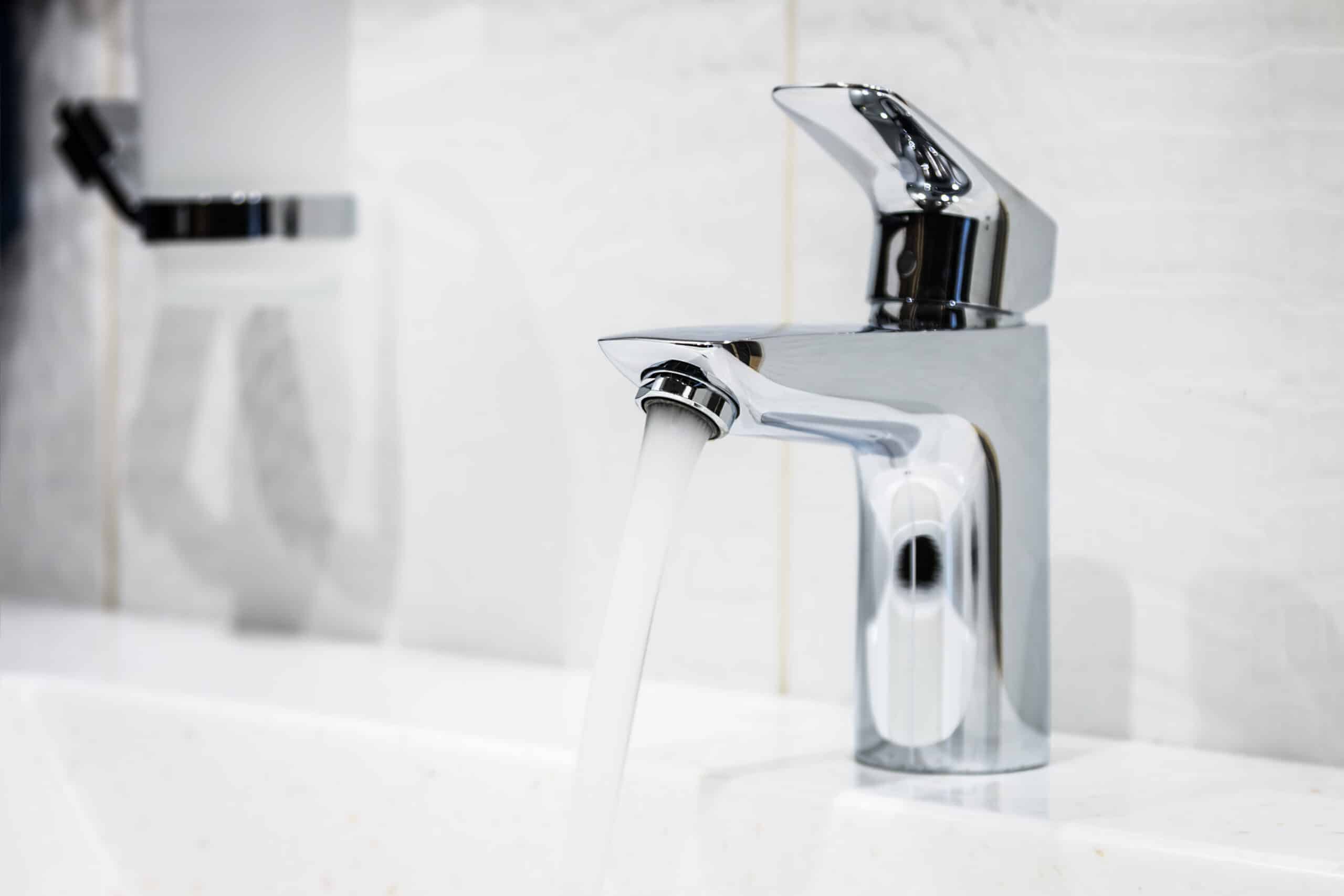A shared well is a water source that is used by multiple households or properties. In rural areas or small communities, it is common for residents to share a single well for their water needs. This arrangement allows for cost-sharing and ensures that all parties have access to a reliable and adequate water supply.
Shared wells can be owned and maintained by a homeowners’ association, a group of property owners, or even by a single individual who grants access to others in exchange for a fee. In some cases, the responsibilities for maintaining and repairing the well are clearly defined in a legal agreement, while in others, it may be more loosely managed through informal agreements among the users.
When properly managed, shared wells can be a practical and efficient way to provide access to clean and safe drinking water for multiple properties. However, it is important for all parties involved to understand and adhere to any regulations or guidelines governing the use of the well, in order to prevent conflicts and ensure that the well continues to provide a reliable water supply.
In summary, a shared well is a communal water source that serves multiple properties. It can be a cost-effective and practical solution for accessing clean water in rural or small community settings. However, proper management and maintenance are essential for ensuring the continued success of a shared well arrangement.

